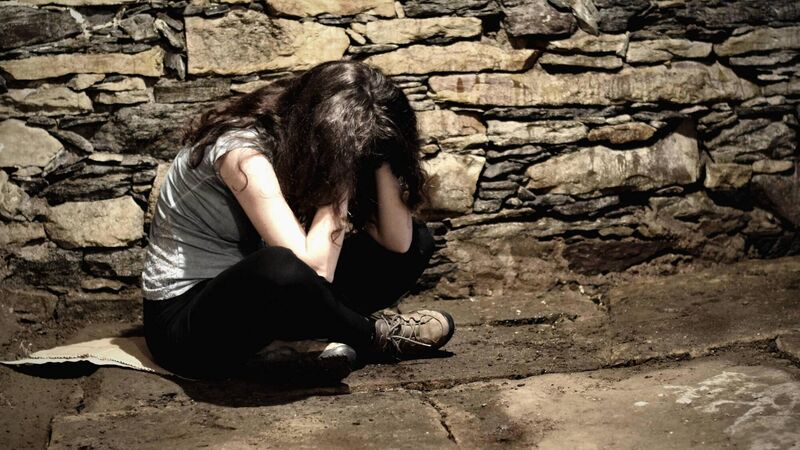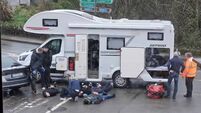Four out of five teenagers experience sexual harassment

Just under a quarter of teenagers disclosed they were subjected to physical or extreme forms of sexual harassment, while 28% witnessed physical or extreme forms of sexual harassment. Picture: iStock
Four out of five adolescents reported being subjected to some form of sexual harassment, while 83% reported witnessing some form of it over a 12-month period, a new report has found.
Furthermore, teenagers who identify as gay or pansexual experienced much higher levels of sexual harassment than those who are heterosexual, with girls experiencing higher levels than boys.
On Thursday, the Rape Crisis Network of Ireland published a report, which found harassment of this kind among teenagers is rife and was largely perpetrated by boys.
The research, conducted by Dr Michelle Walsh, consisted of data from 599 adolescents who completed a questionnaire, interviews with 93 adolescents, and interviews with 21 youth workers in Ireland.
It found that just under a quarter of teenagers disclosed they were subjected to physical or extreme forms of sexual harassment, while 28% witnessed physical or extreme forms of sexual harassment.
This includes sexual assault, extreme sexual harassment, and rape or attempted rape.
Some 78% of adolescent participants said sexual harassment occurred within their peer community.
However, only 8% of respondents attested to perpetrating sexual harassment upon members of their peer community.
All of the youth workers who participated in the study said they had witnessed sexual harassment, with levels varying from verbal to extreme forms of sexual harassment, while 57% of youth workers experienced sexual harassment from adolescents while at work.
Adolescents who took part in this research disclosed that of the sexual harassment perpetrated against them in the previous 12 months, 42% said it most commonly occurred online, 23% said it was most commonly experienced in the company of friends, and 12% reported that school was the most common location.
Some 10% said sexual harassment happened in pubs and clubs, while a further 10% said it most commonly happened when socialising in towns, parks festivals or at house parties, or within their own homes.
Dr Walsh, author of the report and clinical project lead with the RCNI, said she was “absolutely gobsmacked” by the findings of the report.
Dr Walsh has designed an ecological framework which she said should be implemented to tackle sexual harassment.
The report makes a number of recommendations on the matter, including centring adolescents in prevention and response, introducing a national policy for sexual harassment in schools, and appointing an online safety commissioner to regulate social media companies in a bid to minimise online sexual harassment.
Dr Clíona Saidléar, executive director of the RCNI, welcomed this research, adding that obtaining data on sexual violence towards children has been difficult in the past.
“One of our stumbling blocks is we just haven’t wanted to talk to children about sex. That got in the way of us actually protecting them, talking to them and hearing from them about this,” she said.









